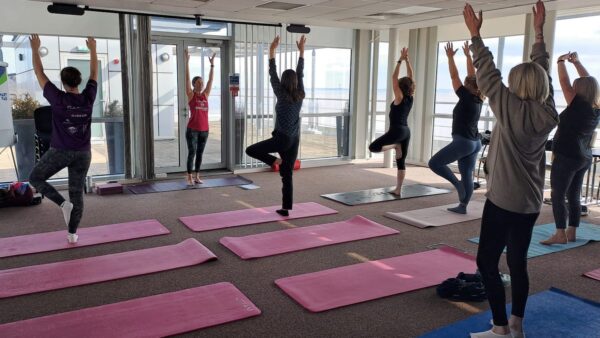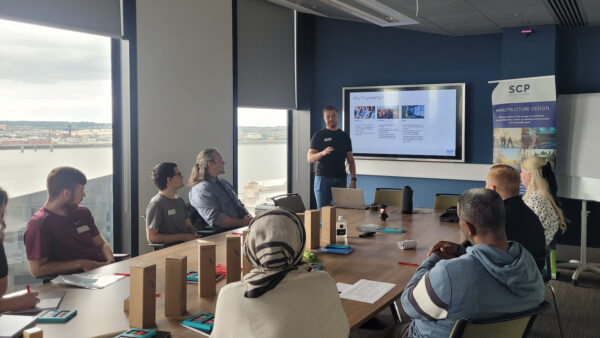
Problems can occur with SFS due to lack of planning, warns FIS
Installation concerns about steel framing systems (SFS) are addressed in a new technical guide produced by FIS, the trade body for the finishes and interiors sector.

The updated guidance on the design and installation of light steel external wall systems was created after competence and quality issues were highlighted by the Oxgangs Schools wall collapse in Edinburgh and the Grenfell Tower fire.
“SFS is seen as non-load bearing, but it is supporting cladding, internal linings insulation and even services,” FIS CEO Iain McIlwee explains. “There are significant implications should it fail, which could lead to the external cladding falling off.
“The report on the collapse of the brick cladding at Oxgangs Primary School Edinburgh on 29 January 2016 highlighted that there was a failure in the correct installation of a simple element: wall ties. Although there are no direct examples of this happening where SFS has been installed, it highlights the danger of ignoring the correct installation process.”
The guide, which FIS produced with the Steel Construction Institute (SCI), includes sections on:
- Light steel sections
- Structural design
- Setting out, tolerances and movement
- Fixing details and fasteners
- Installation
- Health and safety
- Continuous walling
- Secondary steelwork
“SFS has been around for over 20 years, and many projects are using it, but there are problems being created because of a lack of planning and knowledge,” says Joe Cilia, technical director at FIS.
“SFS is the first thing you see, but often the last thing that’s designed in a building. This guide is an example of how the supply chain can work together to share knowledge, support training and deliver quality.”
FIS says the guide aims to spread best practice, help raise standards, educate clients, designers and installers, and will also be useful to anyone involved in quality checks, such as clerks of works.
The document includes checklists and guidance, and aims to give installers the confidence to question designs.








